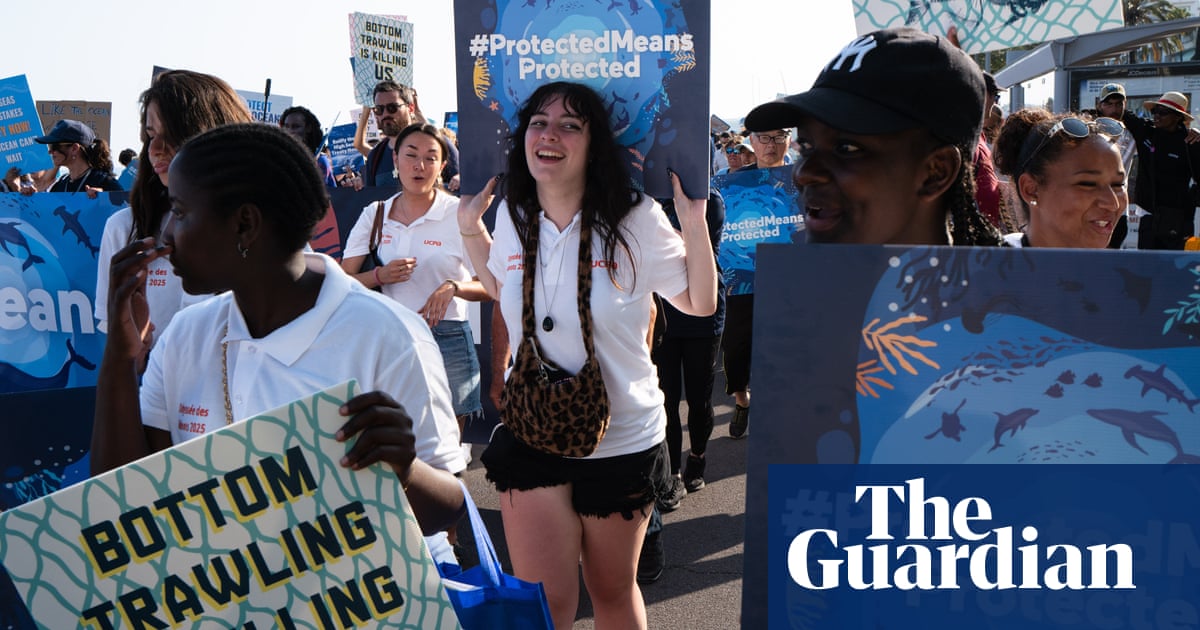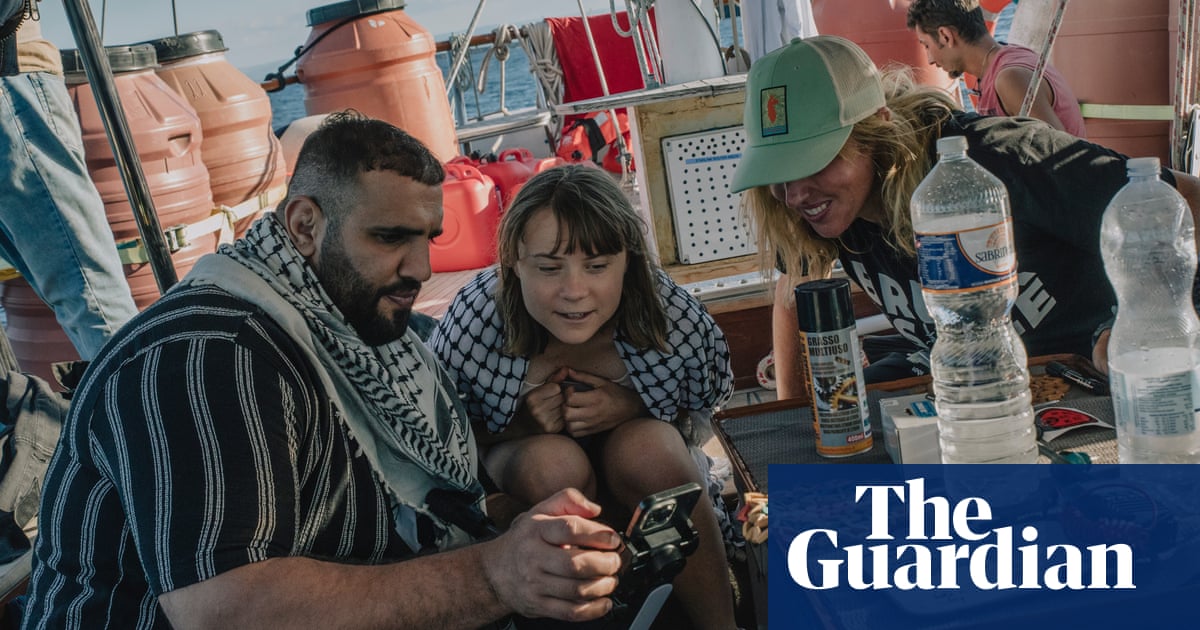Tasmanian authorities plan to euthanise 90 surviving false killer whales in a group of 157 animals that have stranded on a beach near Arthur River, on the state’s remote north-west coast.
Marine conservation experts including wildlife veterinarians arrived at the site on Wednesday morning, confirming 90 animals were still alive.
Shelley Graham, the incident controller at the Tasmania Parks and Wildlife Service, said on Wednesday afternoon that attempts to refloat two of the false killer whales earlier in the day had been unsuccessful.
“Safety of the animals and of our staff is priority in this response from us,” she said. “Following expert veterinary assessment, we have decided that euthanasia is necessary for animal welfare reasons.”
Kris Carlyon, the deputy incident controller, said that “euthanasia of animals this size is done by firearm.
“It’s a difficult situation, but when we know it’s the best outcome for the animal for animal welfare reasons then we’ll certainly do that job and do it as quickly and humanely as we possibly can.”
Authorities were first alerted to the stranding on Tuesday evening by a member of the public.
“Our mass stranding events usually involve pilot whales. However, these are false killer whales, and it is our first large mass stranding of these animals in around 50 years,” Brendon Clark, a liaison officer at the Tasmania Parks and Wildlife Service, said at a press conference in Hobart on Wednesday morning. “They’ve been stranded now for, we estimate, 24 to 48 hours.”

“Initial assessments indicate that refloating the whales will be difficult due to the inaccessibility of the site, ocean conditions and the challenges of getting specialised equipment to the remote area,” Clark said.
“We have approximately 200 metres of surging tidal waters, a breaking surf, and so to try to refloat the animals directly back into that surf would be challenging,” he said, adding that would pose safety risks for rescue personnel.
“At this stage, we do not know why these animals have stranded,” he said, adding that helicopter reconnaissance suggested there were no other animals on beaches 10km either side of the stranding site.
Authorities emphasised there was an active bushfire on the state’s west coast and urged the public to avoid the stranding area.
after newsletter promotion
Allow Facebook content?
This article includes content provided by Facebook. We ask for your permission before anything is loaded, as they may be using cookies and other technologies. To view this content, click 'Allow and continue'.
“All whales are protected species, even once deceased, and it is an offence to interfere with a carcass,” the Tasmanian environment department said in a statement.
The department’s stranding responses are guided by a “cetacean incident manual”, which was reviewed after Australia’s worst mass whale stranding in 2020. In that incident, more than 450 long-finned pilot whales beached inside Macquarie Harbour, also on Tasmania’s west coast.
Two mass strandings in Tasmanian waters also occurred within a week in September 2022.
Clark said the last false killer whale mass stranding occurred in June 1974 at Black River beach near Stanley, also on Tasmania’s north-west coast. That incident also involved a pod of 160-170 animals.
The false killer whale, despite its common name, is a highly sociable species of dolphin. The animals, which grow to about 6 metres long, form large pods that can predispose them to mass strandings.
False killer whales varied in weight from 500kg to 3 tonnes, Clark said.

 3 months ago
85
3 months ago
85

















































